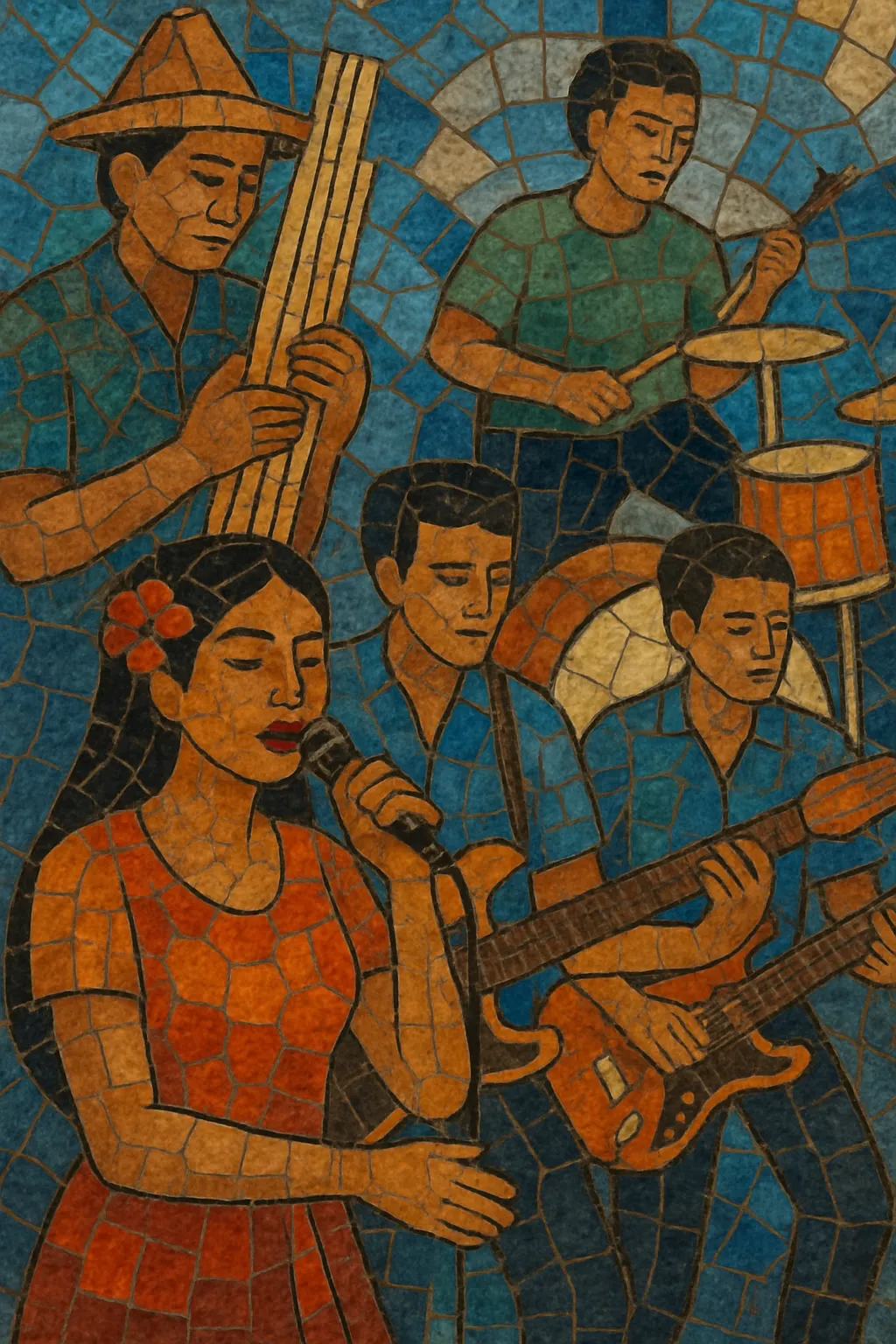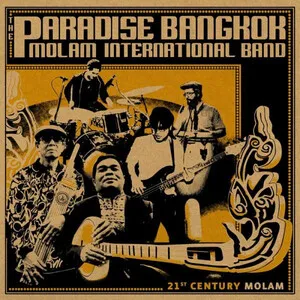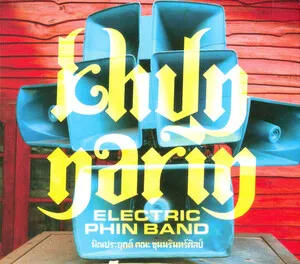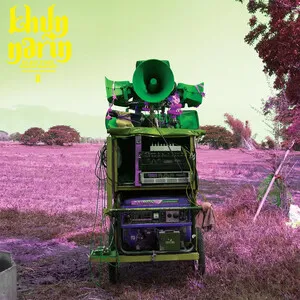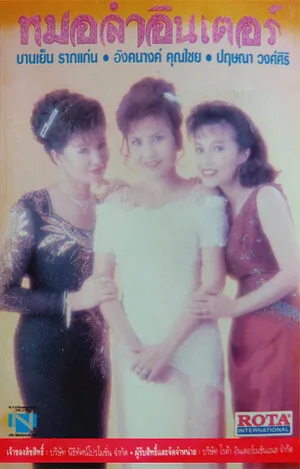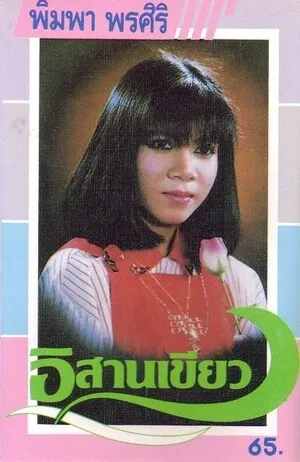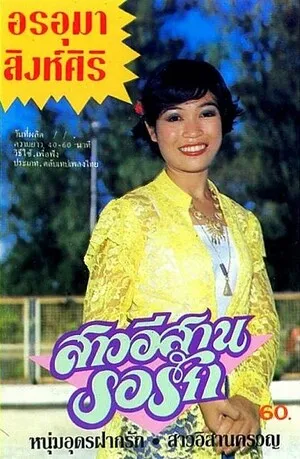Mor lam sing is a modern, high‑tempo offshoot of the traditional Isan/Lao mor lam singing tradition from Northeastern Thailand.
It keeps the poetic, improvised vocal delivery and the signature khene mouth‑organ drones of classic mor lam, but sets them against amplified band arrangements with electric guitar, bass, drum kit, keyboards, and sometimes phin (Isan lute). The result is a fast, dance‑oriented sound that blends luk thung’s pop sensibility with disco/funk grooves and rock energy. Lyrics are typically delivered in the Isan (Lao) dialect and cover love, migration, rural life, humor, and playful flirtation, often featuring call‑and‑response between the lead singer and chorus or dancers.
Mor lam sing grows out of mor lam, the narrative singing tradition of the Isan region (Northeastern Thailand) and Lao culture. Classic mor lam is characterized by virtuosic vocal melisma, poetic meters, and the khene mouth organ’s sustained harmonies. In the 1970s, as rural‑to‑urban migration accelerated, mor lam performers began adopting microphones, PA systems, and stage troupes to reach larger audiences, foreshadowing a pop‑leaning evolution.
The modern mor lam sing style crystallized in the 1980s. Bands and troupes accelerated the tempos, tightened song forms into verse‑chorus structures, and folded in dance‑floor rhythms influenced by luk thung, disco, and rock. The word “sing” is commonly explained as referencing speed or “racing,” signaling this faster, more energetic approach. Live shows added choreographed dancers, comedic skits, and bright, synthesized textures while keeping the khene and lam vocal idioms front and center.
Through cassettes, VCDs, and national TV variety programs, mor lam sing entered Thailand’s mainstream. Touring troupes professionalized with full rhythm sections, horn or synth lines, and coordinated costumes, while star vocalists popularized catchy hooks in the Isan dialect. The sound continued to hybridize with contemporary pop production, making it a staple at festivals and dance pavilions across the country.
In the streaming era, mor lam sing aesthetics—rapid grooves, call‑and‑response hooks, and khene/phin colors—have influenced T‑Pop and Thai hip hop/trap crossovers. Producers sample khene riffs, adapt lam rhythmic cells to EDM drums, and collaborate with mor lam singers, keeping the style vibrant on both rural stages and digital platforms.

